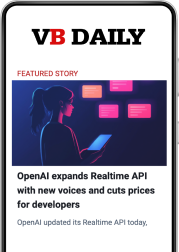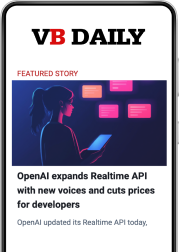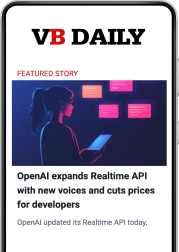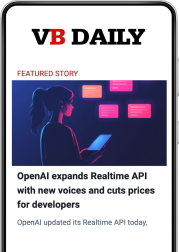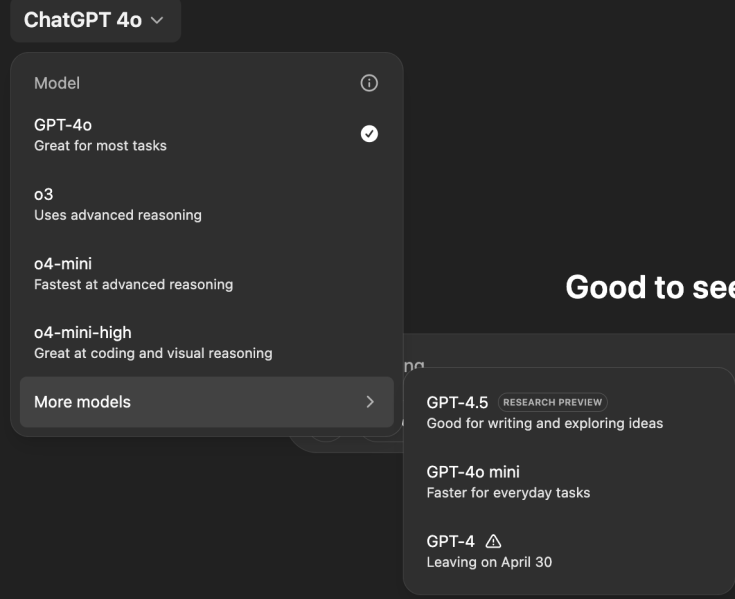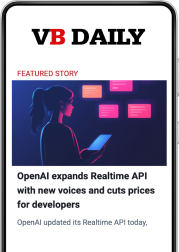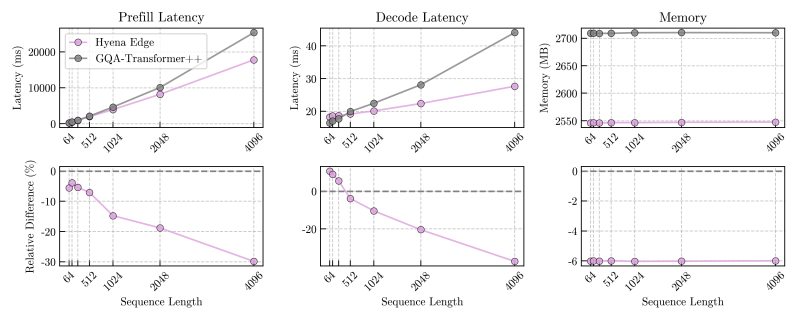Visa launches ‘Intelligent Commerce’ platform, letting AI agents swipe your card—safely, it says
Join our daily and weekly newsletters for the latest updates and exclusive content on industry-leading AI coverage. Learn More Visa has launched a new platform designed to let artificial intelligence agents purchase products on behalf of users, effectively giving AI access to people’s credit cards — with strict guardrails. The system, called Visa Intelligent Commerce, was unveiled last Wednesday at the company’s Global Product Drop event in San Francisco and enables AI assistants to not only recommend products but complete transactions. “Soon people will have AI agents browse, select, purchase, and manage on their behalf,” said Jack Forestell, Visa’s Chief Product and Strategy Officer, during the announcement. “These agents will need to be trusted with payments, not only by users, but by banks and sellers as well.” The initiative is built on a network of partnerships with leading AI companies including Anthropic, IBM, Microsoft, Mistral AI, OpenAI, Perplexity, Samsung, and Stripe, among others. This collaboration aims to embed payment capabilities directly into AI systems that are already transforming how consumers discover products and services. Visa’s new platform addresses a critical gap in the current AI commerce landscape. While AI systems have become increasingly sophisticated at helping users find products, they typically hit a wall when it comes to completing transactions. “AI commerce is a new commerce experience where AI agents play an active role in helping users shop online,” explained Rubail Birwadker, SVP and Head of Growth, Products & Partnerships at Visa, in an interview with VentureBeat. “Today, agents help largely with product discovery, but with Visa Intelligent Commerce they will start to transact on behalf of users.” The system works by replacing traditional card details with tokenized digital credentials that can be securely accessed by authorized AI agents. Users maintain control by setting specific parameters, such as spending limits and merchant categories, while the AI handles the transaction details. For example, a consumer could instruct their AI assistant to book a flight to Cancún under $500, order weekly groceries, or find the perfect gift for a family member. The AI would search across multiple sites, compare options, and complete the purchase — all without requiring the consumer to manually enter payment information at each step. “There is tremendous potential for the role AI agents will play across a wide variety of commerce use cases, from everyday tasks such as ordering groceries, to more sophisticated search and decision-making like booking vacations,” Birwadker noted. How Visa plans to make AI transactions secure in an era of digital fraud The announcement comes at a time when concerns about AI security and data privacy remain high among consumers. Visa appears to have anticipated these concerns by making security a central feature of the platform. “Visa takes an intelligence-driven approach to understanding new and novel fraud and cybercrime threats against emerging technology,” Birwadker said. “Just like we identified, researched and built controls and best practices for using generative AI, Visa is also committed to identifying, researching and mitigating threat actor activity targeting agentic commerce.” The company is leveraging its decades of experience in fraud detection and prevention, with executives noting that Visa’s AI and machine learning systems blocked approximately $40 billion in fraud last year alone. The system includes several key security components. The AI-Ready Cards replace traditional card details with tokenized credentials, enhancing security while simplifying the payment process. The platform also implements identity verification, confirming that a consumer’s chosen AI agent is authorized to act on their behalf. “Only the consumer can instruct the agent on what to do and when to activate a payment credential,” the company emphasized. Additionally, transactions generate signals that are shared with Visa in real-time, enabling the company to enforce transaction controls and assist with dispute management. “Transactions made by an AI agent will be tokenized, meaning the card details are replaced,” Birwadker explained. “For personalization, Visa uses a data privacy-preserving framework. Data requests are managed through data tokens, which allows for consent management and control by the consumer, payment credential tokenization for the purpose of data sharing, and secure and encrypted transmission of data.” A distinguishing feature of Visa’s approach is the emphasis on user control. Consumers can set spending limits, specify merchant categories, and even require real-time approval for certain transactions. Mark Nelsen, Visa’s global head of consumer products, told PYMNTS that the system allows consumers to set parameters such as a “$500 ceiling for a hotel or an airline ticket.” The AI agent then works within these constraints, finding options that meet the consumer’s criteria without exceeding preset limits. “For personalization, Visa uses a data privacy-preserving framework,” Birwadker told VentureBeat. “Data requests are managed through data tokens, which allows for consent management and control by the consumer, payment credential tokenization for the purpose of data sharing, and secure and encrypted transmission of data.” This approach reflects Visa’s understanding that consumer adoption hinges on maintaining a sense of agency while delegating shopping tasks to AI. The company has carefully designed a system where convenience doesn’t come at the expense of control. Visa positions itself at the center of AI commerce revolution with 200-country network The announcement represents Visa’s effort to position itself at the center of what could become the next major shift in how consumers shop online — potentially as significant as the transitions from physical to digital shopping and from desktop to mobile commerce. “Just like the shift from physical shopping to online, and from online to mobile, Visa is setting a new standard for a new era of commerce,” Forestell said. “Now, with Visa Intelligent Commerce, AI agents can find, shop and buy for consumers based on their pre-selected preferences.” Industry analysts note that Visa’s global footprint — spanning more than 200 countries and territories — gives it a significant advantage in scaling this technology. The company’s existing tokenization framework and merchant relationships provide the infrastructure needed to make AI commerce viable on a global scale. When asked about adoption timelines, Birwadker expressed confidence in the technology’s future: “AI adoption is
